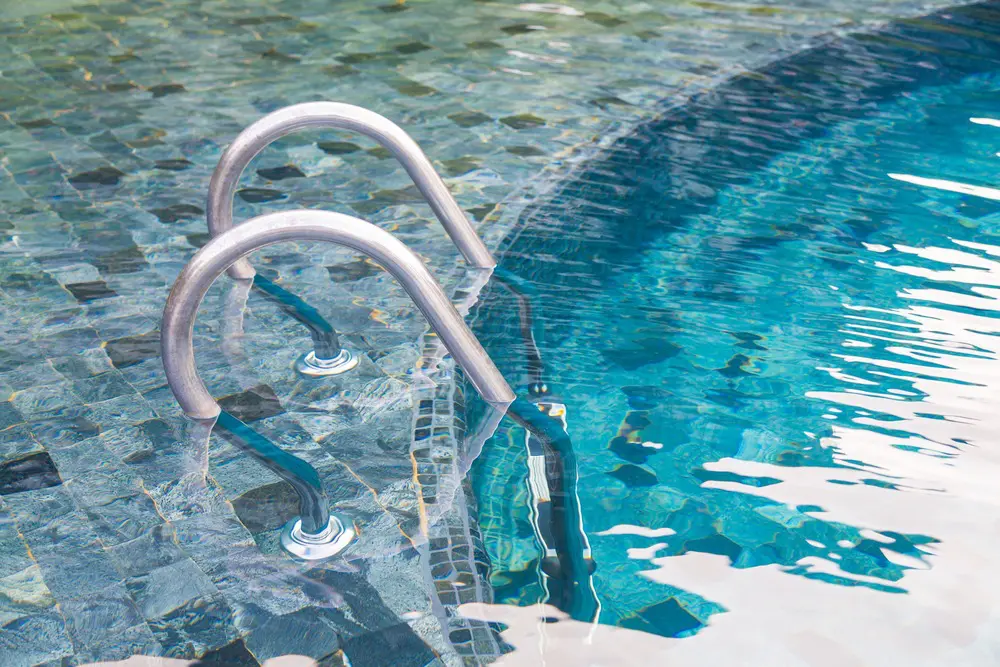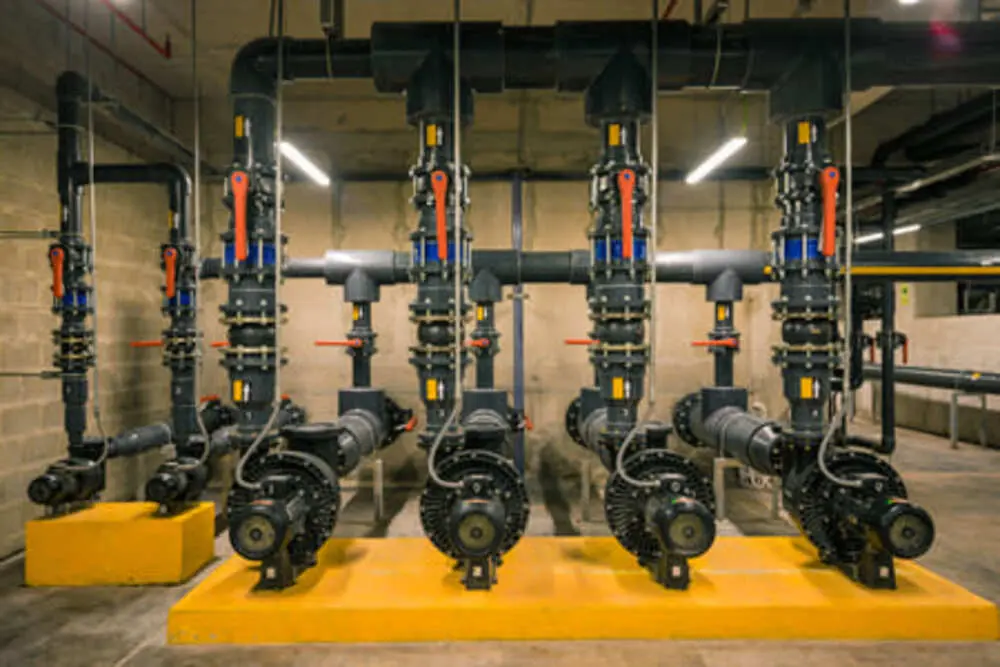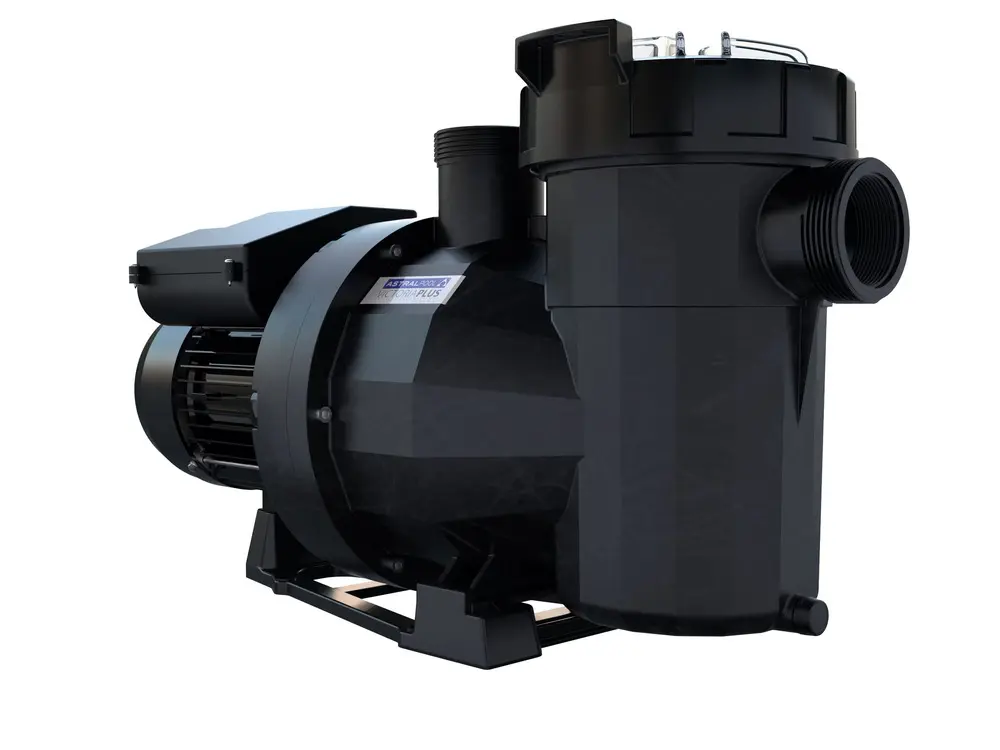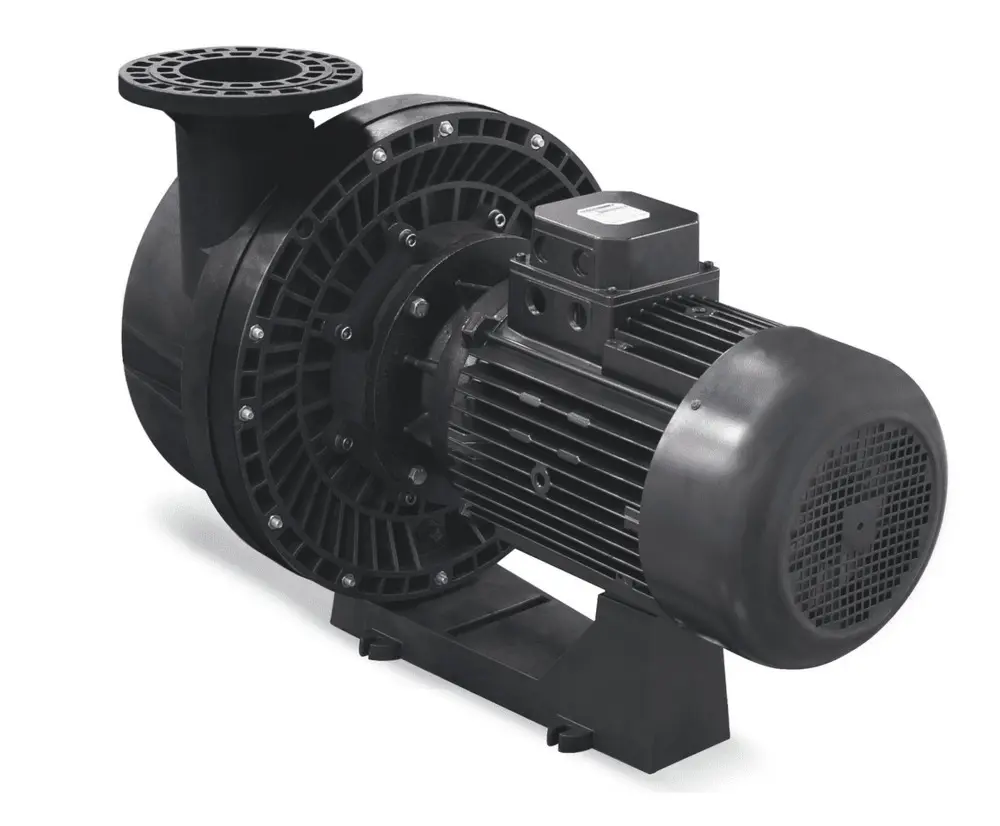Whether you operate a large commercial swimming pool or a smaller one in residential or hotel complexes, maintaining the pump in good working order is essential. However, priming the pumps before use adds time and work to any pool operator’s day. Luckily, self-priming pumps take one step out of the equation, as they are designed to automatically prime themselves when the pump casing is filled with water.
In this article, we’ll cover everything you need to know about self-priming pumps, their features and benefits for pool operators, and the type of pumps offered by Fluidra.
Dive deeper with the eBook
What Are Self-Priming Pumps?
Having a recreational pool in a hotel, or a lap swimming pool in sports complexes and wellness centres increases the value and profitability of such venues. It is also essential, however, that pool water is kept in the best possible condition. This involves regularly circulating, filtering and treating it.
Professional installations featuring water pumps for the recirculation and treatment of pool water can include a self-priming pump. These are essential for providing optimal water flow, while also having the capability of priming themselves without the need for manual intervention.
Self-priming pumps can start pumping water almost as soon as they are turned on. According to official Spanish standard UNE-EN 16713-2 of 2017, they must be capable of automatically priming themselves during normal operation to be designated as self-priming.
How do self-priming pumps work?
A self-priming pump uses a combination of water and air to produce a pumping action. The impeller starts spinning as soon as the pump is turned on, creating a vacuum inside the pump casing. This then draws water into the pump, which mixes with the air inside it, creating a mixture that can easily be pushed out of the pump and into the discharge line.
This process continues until there is no more air within the pump casing. The pump then continues to compress and pump water out, back into the swimming pool. The result is a constant flow of water that keeps the pool clean and hygienic.
Why use a self-priming pump?
Self-priming pumps offer a huge advantage in terms of time saving. Even if the water level in the pool is low or the pump has been switched off for a long period of time, it will start back up and quickly prime itself to work optimally.
One great reason to use a self-priming pump is when the installation features an above-ground technical room . Even if the pump is above the water level, water will be recirculated efficiently, eliminating many complications related to limited space and construction capabilities for the operator.
Features and Benefits of Self-Priming Pumps
Thanks to their functionalities, self-priming pumps provide a range of benefits for pool installations.
Here are the top features that make these pumps such an excellent choice:
- High flow rates. Thanks to high flow rates, self-priming pumps can circulate a large volume of water in a short amount of time. Particularly in public swimming pools, where water needs to be circulating constantly to ensure a safe and hygienic environment, this is an essential feature.
- Efficient operation. Since self-priming pumps don’t require manual intervention, they’re the most efficient type of pump available. They help save time, but also reduce energy consumption, as the pump only needs to run when water needs to be circulated.
- Durability. Usually, self-priming pumps are made from high-quality materials (e.g. thermoplastic), making them long-lasting and resistant to corrosion. Other types of pump are more at risk of corrosion, particularly in swimming pools where large volumes of water and lots of chemicals being used increase this risk.
- Ease of maintenance. Self-priming pumps are easy to maintain, since their set-up is relatively simple with parts that can be easily replaced as needed. This is good news for pool operations, as any downtime is minimal.
- Versatility. Self-priming pumps enable lots of different actions, from filtering to heating and cleaning pool water. This makes them particularly cost-effective as well.


How to Choose a Self-Priming Pump
Through its Astralpool brand, Fluidra offers a range of self-priming pumps to suit both public and commercial pool operators’ needs. The capabilities of each of the following models will satisfy most requirements, allowing you to choose the best self-priming pump for your installation.
Victoria Plus Silent
This self-priming pump features single-phase and three-phase engines. A prefilter is mounted on the body of the pump to prevent foreign bodies from entering it and causing damage to its hydraulic parts. The motors supplied come with an IP-55 protection rating and have been designed to withstand hot environments and high levels of humidity.
Some key characteristics of this pump are:
- Low noise levels – between 61 dB and 70 dB
- Ease of use – includes a prefilter cap with two levers and no need to use a spanner
- Broad compatibility – suits any pool fitted with a Victoria Plus pump
- Larger front bearing for improved axial thrust
- PVC accessories assembly included in the pump
- GS mark certification


Kivu
This is a high performance, plastic self-priming pump for high flow rates (1500 rpm). Its key characteristics are:
- 3 power modes: 3 HP, 4 HP and 5.5 HP
- Low noise level: as low as 59 dBA
- Hydraulic efficiency without prefilter 78% (as per ISO 9906 standard)
- High quality mechanical seal for salt water
- IEC high efficiency motors (IE3)
- Standard motor shaft (compatibility with any pump manufacturer)
- Pump comes with a prefilter (in 2 packages: pump + prefilter)
Victoria Plus Silent VS
Nowadays, we also have the option of using a variable speed pump. This type of pump works at different speeds according to pool requirements, in order to provide greater efficiency, savings and sustainability.
The Victoria Plus Silent VS is one such pump. It features two motor powers, variable speeds and can be controlled automatically. It has been designed for both new-build pools and as a replacement for already-fitted pumps. Significant power savings can be made thanks to the use of variable speeds and its timer.
The pump is compatible with the Fluidra Connect platform. It has a built-in HMI controller with the possibility to mount it on a wall for enhanced usability. Pool users also benefit noticeably from the use of the Victoria Plus Silent VS, as it operates at greatly reduced noise levels.
Digital inputs and outputs are available for the smooth running of all pool units, such as the salt chlorinator and heat pump. Lastly, the pump includes a power factor correction function for reducing current flow if required.
